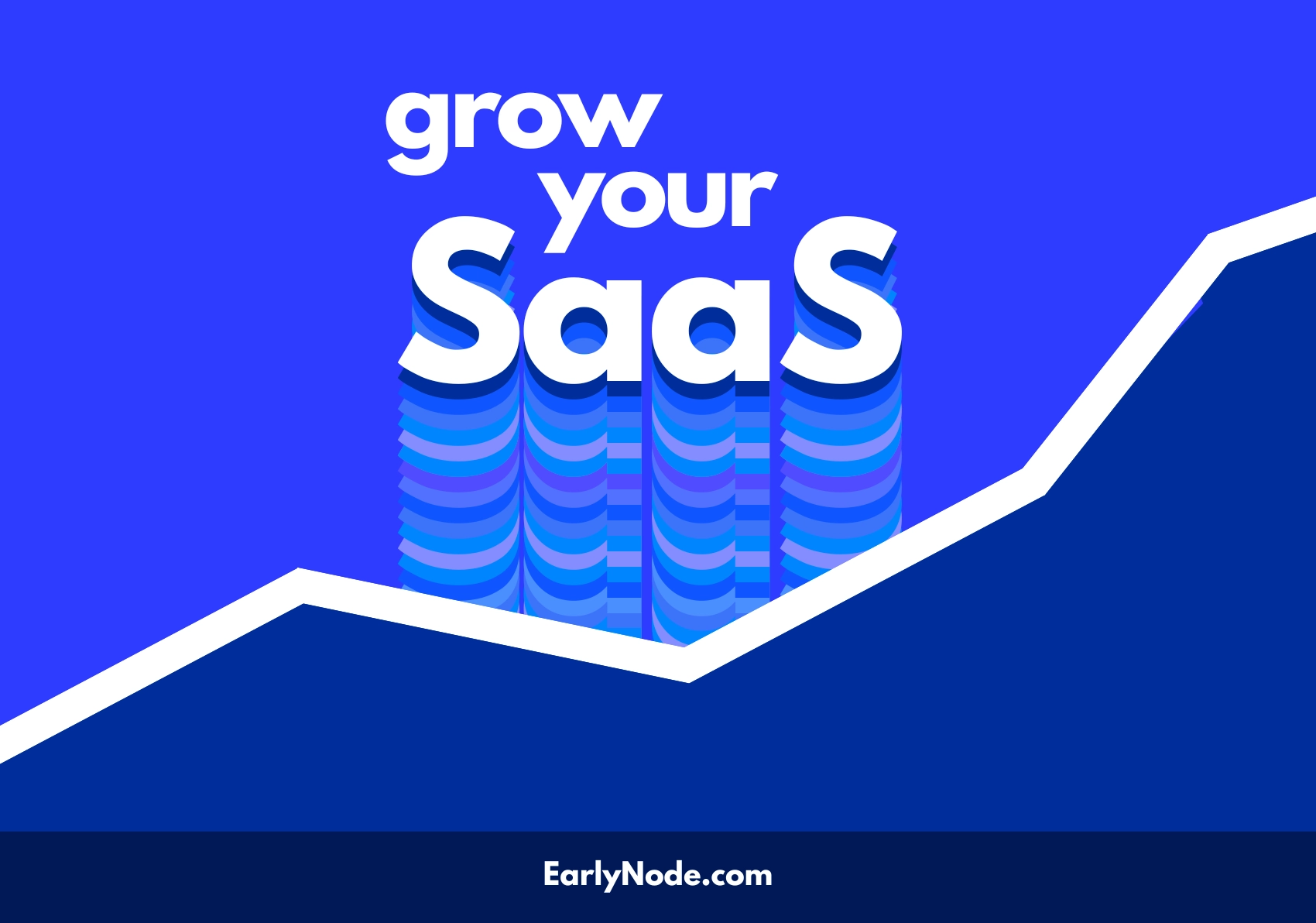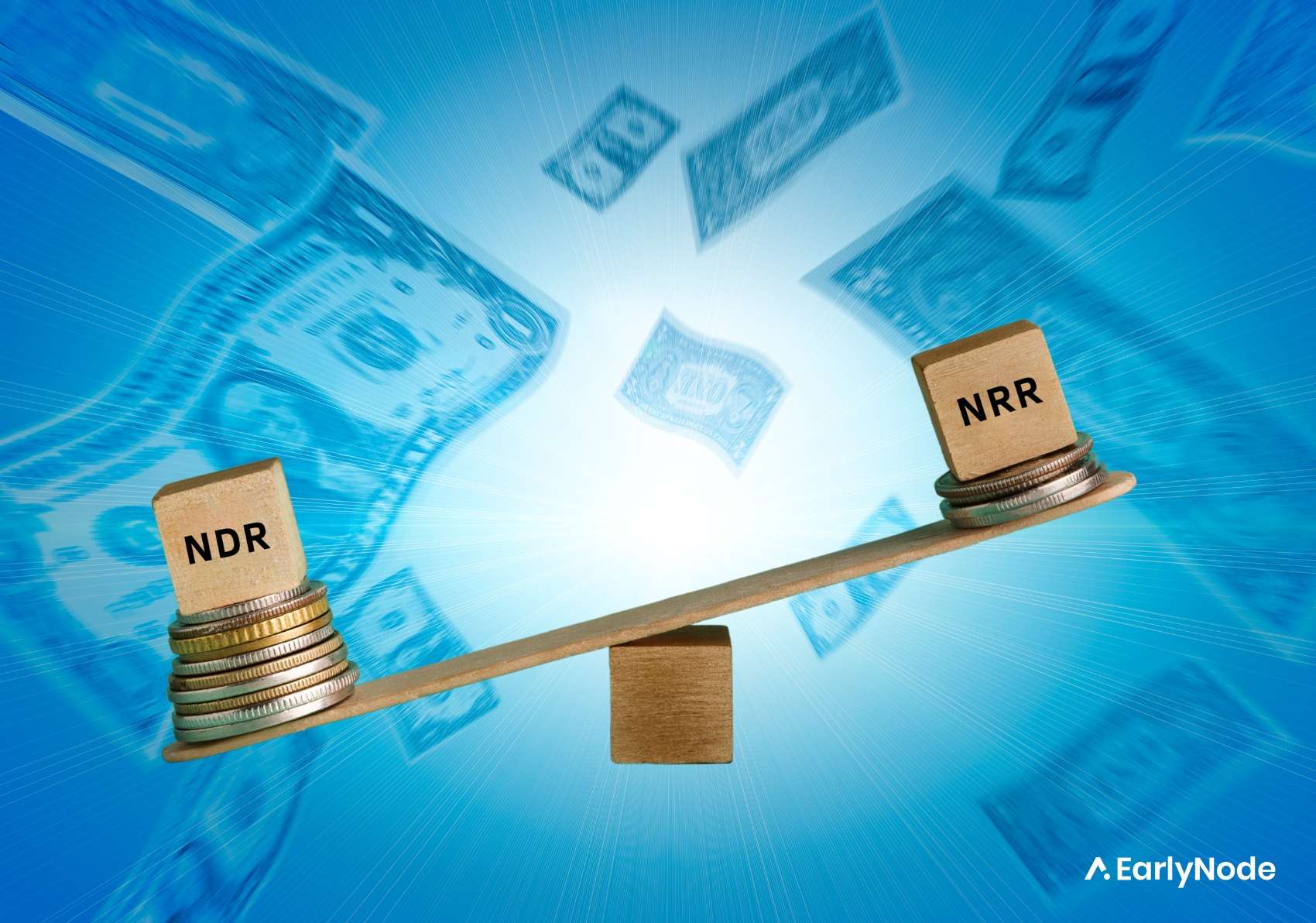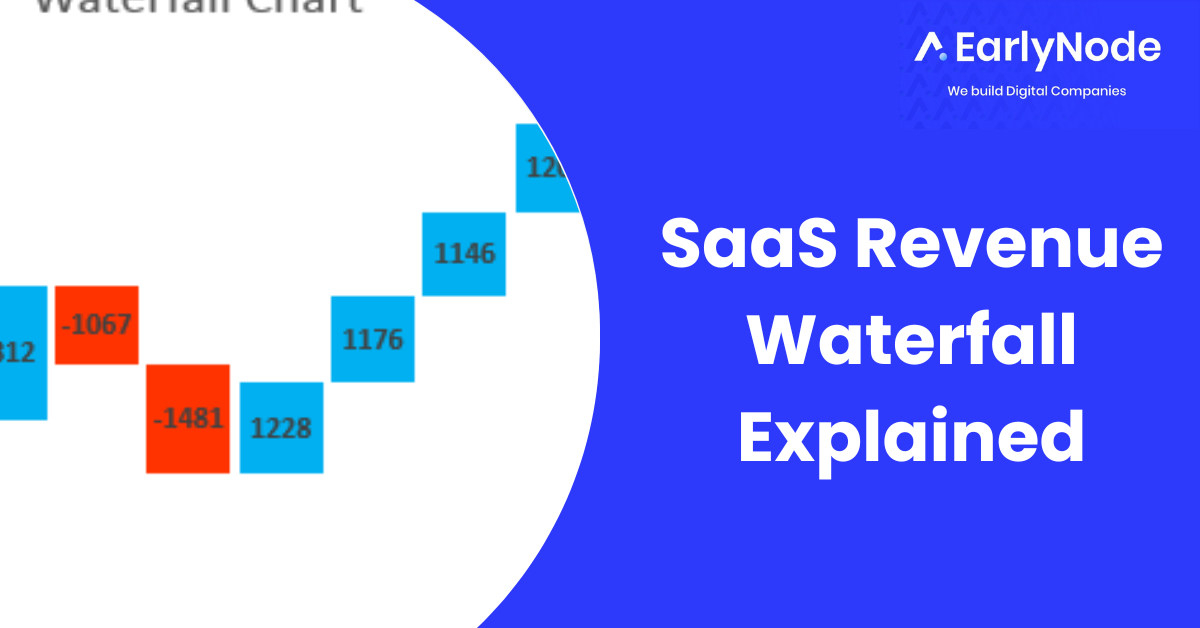Customer Acquisition Cost (CAC): What does it mean?

Every SaaS business makes money through customers. It’d be hard to find a thriving company without customer acquisition or retention as a significant part of its goals. To find customers for your business, you need to invest money. We spend money to make money.

But you’d want to be sure your returns are worth the money you invest. To measure if your SaaS business is profitable, you should compare how much money you spend in acquiring your customers against how many new customers gained into your business.
In sales, we call this the LTV:CAC ratio, and we discuss that further in this article.
But today, we take a look at what CAC is.
What is CAC?
CAC stands for Customer Acquisition Cost. It refers to the total sales and marketing costs incurred to earn new customers in a given period. It’s a critical metric that measures how much you spend to convert a lead into a paying customer.
Why is it important to know your CAC?
Acquiring customers involves a mix of strategies and expenses. Sometimes it takes you to market to them at different touchpoints – social media, traditional advertising, events, promos, etc. CAC is usually considered a sales and marketing metric because of this.
Knowing how much you spend to acquire a new customer will help shape your budget and financial planning. How can you tell if you’re actually making a profit off a particular customer?
We’ve mentioned before that not all customers are the same. Some are more profitable to your business than others. Without measuring precisely how much is spent on your sales and marketing to bring in new customers, you risk blowing your budget on ‘less profitable’ customers.
How to calculate CAC
NB: There are more complex formulas to calculate CAC because different factors influence costs, but we’ll keep it simple and limit it to sales and marketing costs.
To calculate CAC, divide the total expenses on sales and marketing by the number of customers you acquired within a specific period. For example, if you spent $1500 in one month and gained 30 new customers within that month, your CAC would be $50.
With CAC, the lower, the better. Try always to keep costs down so that you can maximize profit.
Ways to reduce your CAC
Review and optimize your sales funnel
Run your sales funnel like a well-oiled machine. Plan with your sales team and analyze how many visitors turn into leads and how many leads become customers. Knowing the most efficient channels will help you stop leakages in your funnel.
Strengthen your marketing spend
Marketing is sometimes a trial-and-error process. You’ll try a lot of channels to see what works. After you’ve got reliable data, optimize your marketing spend on the most effective channels, saving money on less efficient ones.
Spend little time activating your customers
You should optimize your processes for quick ‘activation’ of your potential customers. The faster you get your visitors to try out your product or service, the quicker they discover the value gained from using it, and the cheaper the customer’s acquisition cost becomes.
Conclusion
For SaaS companies, customers form the backbone of profit. To be sure you’re gaining real value from a customer, you should differentiate between two things: How much it costs to acquire a customer. And how much revenue you make from them during their business relationship with you. This is also known as the LTV: CAC ratio.
The secret is in keeping your acquisition costs as low as possible. Calculating your CAC shows you how efficient your sales and marketing are. It helps you target the right kind of customers that can boost the growth of your business.




